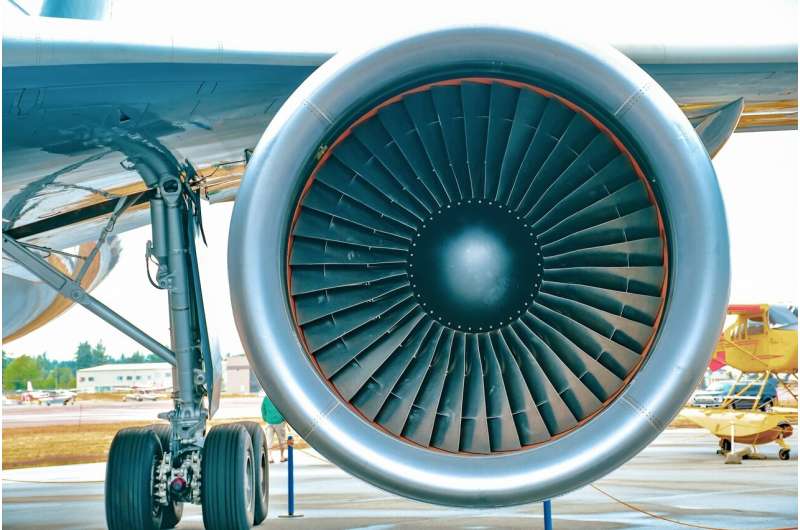New tool can detect a precursor of engine-destroying combustion instability

Combustion engines have been around since the late 18th century, although they did not gain popularity until over 50 years later. Now, they are practically ubiquitous, powering anything from cars and airplanes to turbines.
The part of the combustion engine in which the fuel is burnt (in the presence of oxygen) is called the combustor. The lifespan of a combustor can be limited by a phenomenon called “thermoacoustic combustion oscillations.” When thermoacoustic oscillations become too large or out of control, it causes fatal damage to combustors, which can have enormous financial and human consequences.
Detecting combustion oscillations and preventing damage is a key effort in the field of thermal engineering. Recently, a team of scientists from Japan—including Hiroshi Gotoda, Yuhei Shinichi, and Naohiro Takeda from Tokyo University of Science, as well as Seiji Yoshida and Takeshi Shoji from the Japan Aerospace Exploration Agency (JAXA)—have developed a promising tool for the detection of a precursor of thermoacoustic oscillations. The study was made available online on May 10, 2021 and published in volume 59 of the American Institute of Aeronautics and Astronautics Journal on October 1, 2021.
“In our study, we have shown that the methodology combining dynamical systems theory and machine learning can be useful for detecting predictive combustion oscillations in multisector combustors, such as those in aircraft engines,” says Prof. Gotoda, who headed the study.
The team conducted combustion experiments with varying fuel flow rates in a staged multisector combustor developed by JAXA.
The scientists used the data from these experiments to train a machine learning algorithm called ‘support vector machine (SVM).’ The SVM allowed them to classify the combustion into three states—stable, transitional, and combustion oscillations. The pressure fluctuations in the transitional state are key to predicting future combustion oscillations. In the transitional state, pressure fluctuations transition from being small-amplitude and aperiodic to being large-amplitude and periodic. Amplitude represents the ‘largeness’ of the fluctuation, whereas periodicity describes the repetition of the fluctuation.
“The findings of this study will contribute greatly towards developing a method to detect combustion oscillations in advance in aircraft engines,” reveals Prof. Gotoda.
These findings could have far-reaching consequences, paving the way for confident and timely predictions of combustion oscillations, with the potential to save billions of dollars and human lives.
Yuhei Shinchi et al, Early Detection of Thermoacoustic Combustion Oscillations in Staged Multisector Combustor, AIAA Journal (2021). DOI: 10.2514/1.J060268
Citation:
New tool can detect a precursor of engine-destroying combustion instability (2021, November 18)
retrieved 18 November 2021
from https://techxplore.com/news/2021-11-tool-precursor-engine-destroying-combustion-instability.html
This document is subject to copyright. Apart from any fair dealing for the purpose of private study or research, no
part may be reproduced without the written permission. The content is provided for information purposes only.
For all the latest Technology News Click Here
For the latest news and updates, follow us on Google News.

